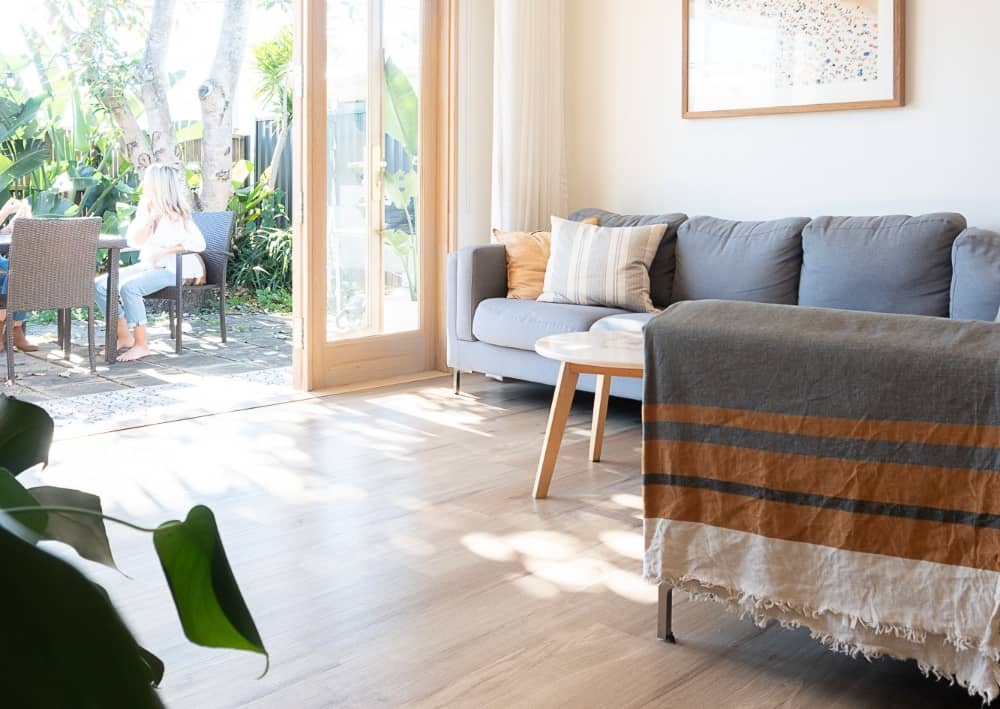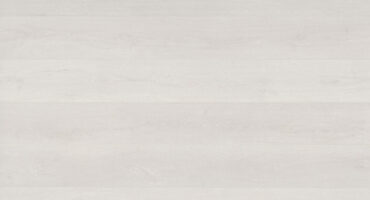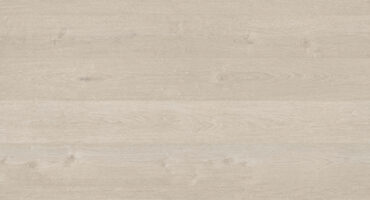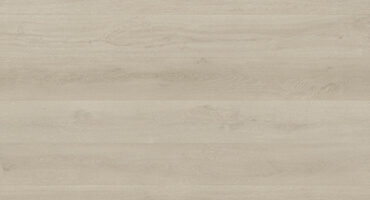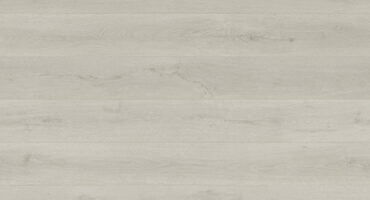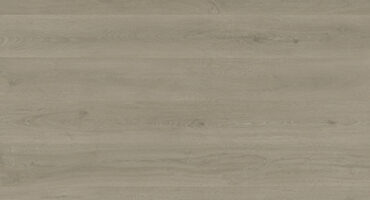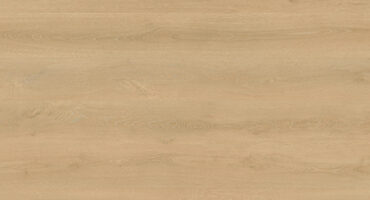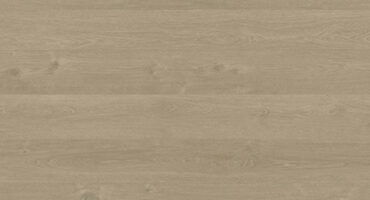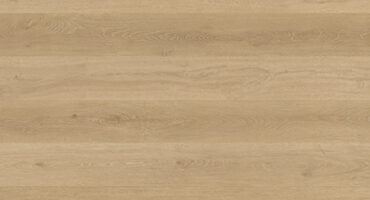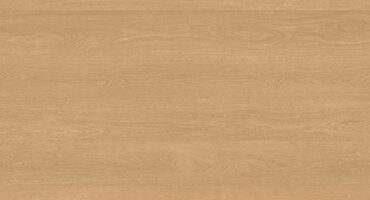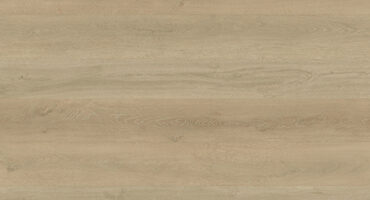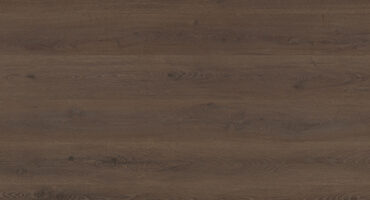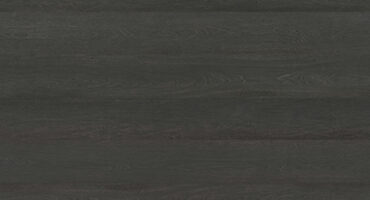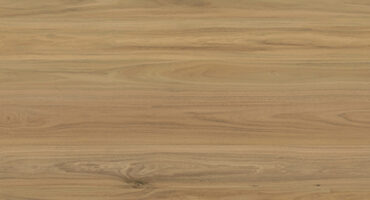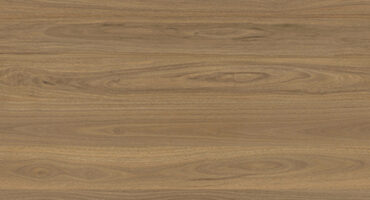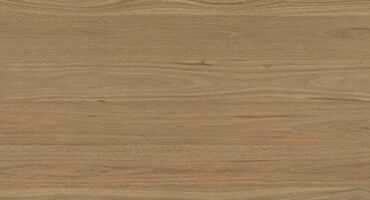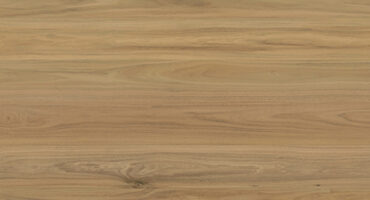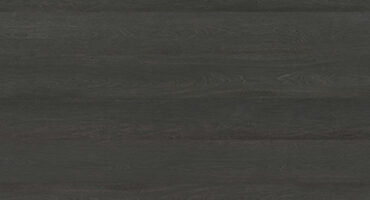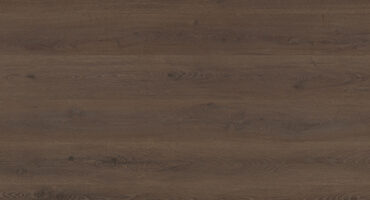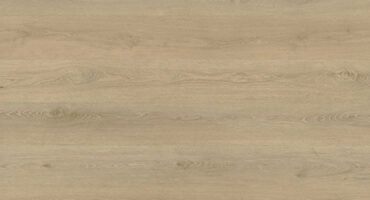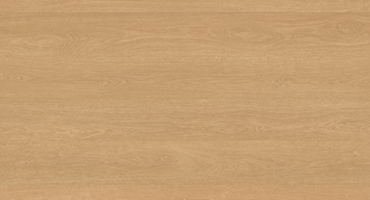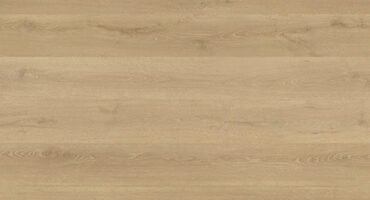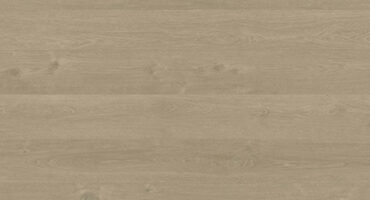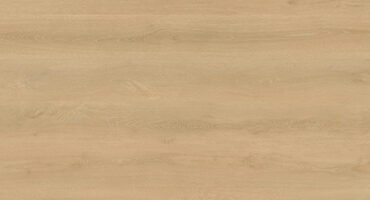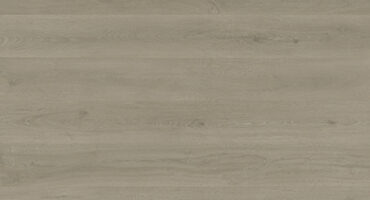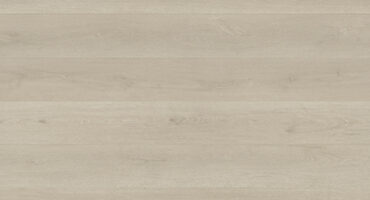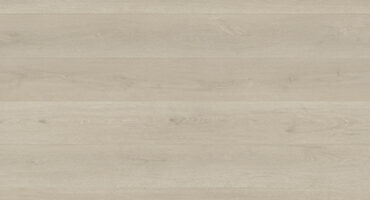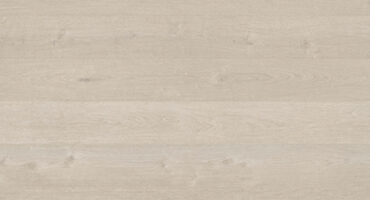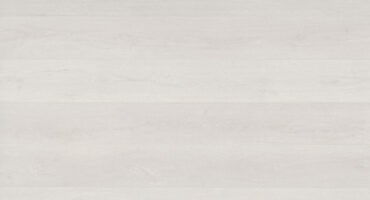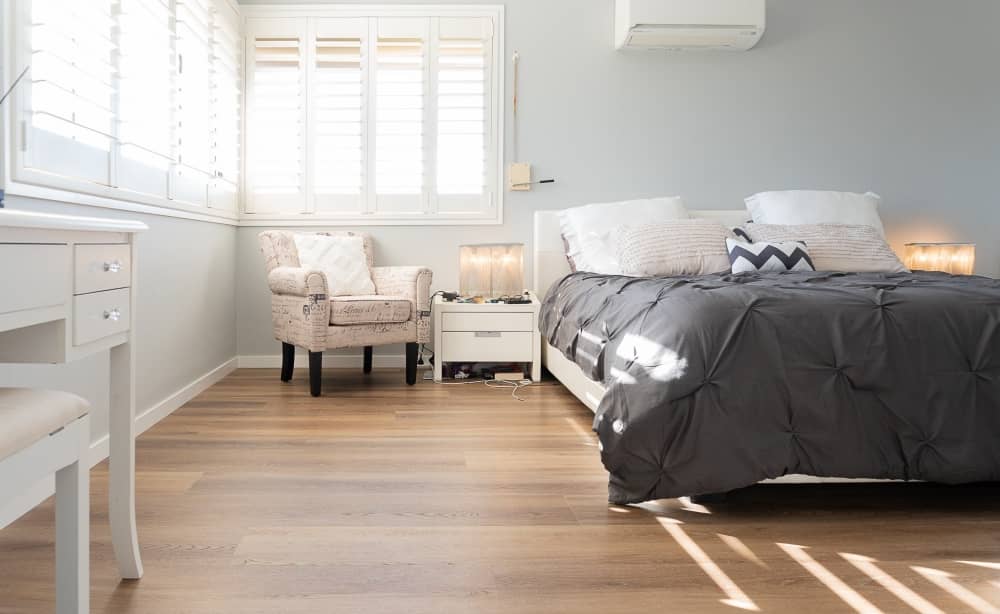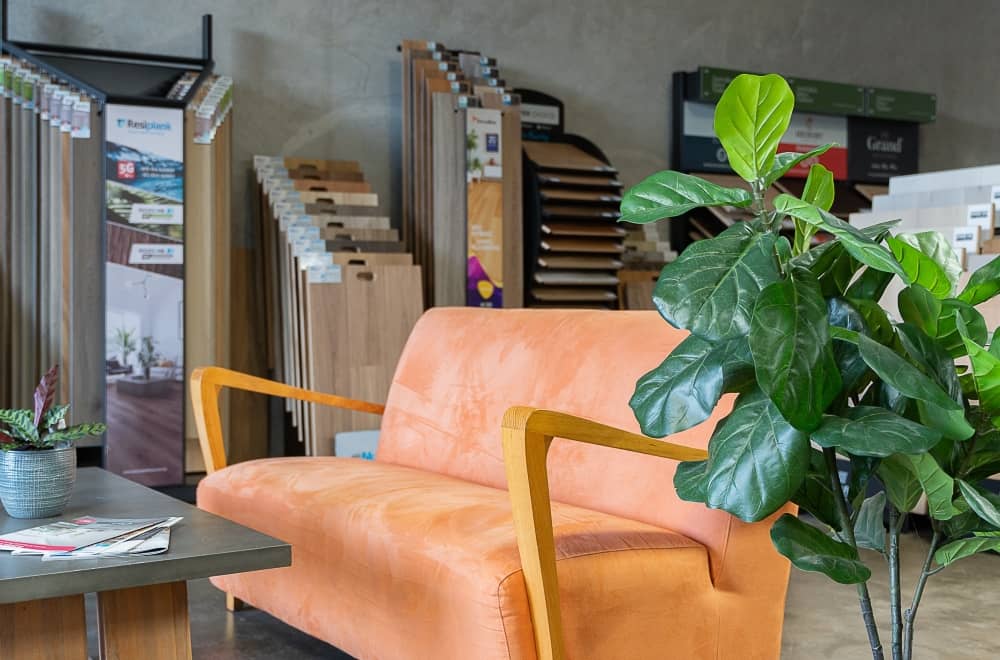I predict 2024 will be a great year for us and the flooring industry. Renovating and refurbishing have never been more popular. Builders seem to be running off their feet trying to keep up with an endless list of new slab downs ready for the latest flooring trends to be applied.
Additionally, more people seem to be prepared to try installing flooring products themselves. To their delight, it is not the mystery that they thought. Any old negative stigma around specific flooring types has more or less dissolved. Technology has advanced and brought us realistic and robust flooring types, ticking off the needs list of all Australians.
When I hear the word ‘ flooring trends’, and being a ‘spreadsheet’ kind of personality, I like to ask myself: what flooring types are improving and how? From there, I have an educated direction of where 2024 flooring trends will likely occur. I feel the average consumer must stay informed.
In this blog, I will cover some exciting innovations in the flooring industry and, later, some trending aesthetics. It doesn’t take a rocket scientist to identify and write about what’s hip, like everyone else will.
Outside of this, my only other word of wisdom is to dream big. Inquire early because, from a flooring point of view, your goals have never been more affordable.
Here goes:
Technology in Hybrid & Laminate Improves
This is an area where constant improvement occurs. Lines are becoming a little blurred.
Due to the nature of their construction, laminate and hybrid flooring have been separate categories. The fibreboard core and melamine wear layer differentiate laminate. Hybrid is differentiated by its waterproof properties.
So, if a product has a melamine wear layer but is waterproof, where does it truly belong? Within the next two years, we will know the answer to that question. And the answer will be ‘where the market thinks it belongs.’
What Will This Development Provide?
Well, it will give you the scratch, stain and burn resistance that has always been an integral part of laminate flooring. In addition, it will be waterproof, just like a hybrid floor. And it is here. Now you can find these products with us that are highly scratch, stain and burn-resistant. Eclipse Aqua Schild is a perfect example of this.
This new breed of Flooring is fantastic for a few very compelling reasons:
- Laminate is an old technology on a constant journey of innovation. Anything new, such as a hybrid, has to undergo a teething period to iron out any issues. Some of them can only be identified after they have been installed, with you being the test subject!
- Because a new and updated construction takes the very best laminate parts, the products can be produced into 1.8m+ boards. Many customers will agree that bigger is better.
- The surfaces have become even better looking, and you are more likely to find high-quality Embossed In Register (E.I.R.) tech in the Laminate category. You can discover more about what that means in this blog.
- Laminates are typically 60% lighter than SPC hybrids of the same thickness. This makes them much lighter and cheaper for freight without sacrificing the product’s stability.
The Result
What we are left with is an excellent waterproof product that gives you back all of the advantages that have always been there with laminate. As well as the waterproof aspect of hybrid. While the Eclipse Aqua Schild is marketed as a laminate, you will see these products marketed as Hybrids simply because this is where the market is at. There will be a blurring of the lines for a while while these products find their natural place in the market. An excellent example of this is the Clever Choice Hybrid Shield, which is, a waterproof laminate but marketed as a Hybrid.
The lines between the two categories of hybrid and laminate are becoming more and more intertwined. The hybrid badge is used to combat any remaining stigma and reluctance (if any) towards laminate. All said and done, we are left with a chart-topping product that rides the line between both categories.
Bamboo Trends Will Increase
Bamboo has fluctuated in popularity over the years depending on what’s in fashion, and it is currently very popular with increasing sales. It had a huge run years ago, and suppliers have realised that smaller natural-coloured ranges are more popular given that this is a natural product.
Much of the backlash against bamboo came from bad industry practices. For those of you who have ever bought bamboo, was there a conversation about acclimating the product? On the rare chance that it was, how long was it suggested you acclimate for? Sadly, this and a host of other bad practices led to the downfall of a great category. However, every time a product hits the bottom, it bounces, and Bamboo springs back into the air!
Sustainable options are becoming more popular among consumers, and bamboo, with its low maintenance and rapid regrowth period, is a great choice for folks who are looking for an easy lifestyle while being environmentally conscious.
In comparison, growing trees such as Australian Eucalypts (Spotted Gum, Blackbutt, Blue Gum, Brushbox, etc.) take years to decades, whereas bamboo grows very quickly. Bamboo is a strong product and looks excellent for those who love the natural look. It is also very cost-friendly compared to timber products.

Expert Insights From Clem Sturgess
20+ years' experience in hard flooring
Make no mistake, bamboo flooring needs a healthy acclimatisation period before installation. It is composed of strand-woven bamboo, which is sliced and compressed together very densely. Strand woven bamboo is 2.5 times heavier than regular bamboo. Because of the density, the product will acclimate to its environment, but it will take longer for the atmosphere to penetrate the board and equalise to your surroundings. The bottom line is; to treat the product like it's bamboo, not a hybrid or a laminate.
SPC Hybrid Flooring With a Timber Top
Yes, you read correctly. As the heading says, this is an SPC (Stone Polymer Composite) product with a natural timber veneer on top. An unseen advantage of this product is that you need only the best part of the timber to create the veneer. Due to the thinness of the veneer, there can be no imperfections. There are no pattern repeats that you would have with a regular SPC hybrid floor, as you are using real timber in place of a printed picture.
Given that the product has a very thin veneer, you have to be careful not to gouge it, but you would have to be careful with any other product anyway. No timber product will take the same punishment as a laminate will, and owners need to know what they are buying into and how to care for it. Once the product is installed, there is no way to tell that this product carries a micro-veneer! It looks the same as any other timber floor.
Having an SPC core with good weight is essential, as a thinner core can be influenced by the natural veneer. However, the Storm Deluxe Hybrid is a product that has overcome this issue with its 8.5mm thickness. This product is also not subject to the same growth and shrinkage as a regular timber floor, so it is another one for the Plus Team.
This product is very heavy and sits very hard and flat on your floor; it looks great, is great value for money and is easy to clean, with water damage being less of a concern than a solid timber product.
Microveneer Timber Floors
A lot of people will ring and ask for timber with a 6mm veneer. Who doesn’t think bigger is better, right? However, once they are properly informed regarding the cost-to-benefit ratio, most will change their mind to a 3mm veneer instead.
Why, you ask?
We always think bigger is better, but it is not always the case, especially if you are directly sticking the floor. Yes, a larger veneer allows you to sand and recoat your floor more times. However, the first time you do this with a full sand, you lose both any colour layer that is on the timber, and any surface effect such as hand scraping. There are other ways to skin a cat though. Floors with a thinner veneer can still be sanded with a light cutback and recoat, meaning that you never touch the timber itself, only the coating.
A product with a thin veneer, such as Eclipse Australis Compacto can not be distinguished from a floor with a thicker veneer when it is installed. Many are the times that a customer has called in distress, having bought a new house and calling in the floor sander, only to discover (too late,) that their product has a micro veneer. If it can fool the floor sander, what chance do the rest of us have? Some of these products have veneers as thin as 0.6mm, and still look like any other timber floor! Products with a 2mm veneer, such as Eclipse Divine, still can be fully sanded and coated option at least once (in addition to the light cut-back option,) and when you look at the price difference, it is an incredibly well-priced timber floor.
What we have is a product that is more affordable and sustainable in the sense you get more square meterage out of a slow-growing timber, which takes many years to grow. The core of the product is all fast-growing plantation timber, which again is more sustainable. You can still float, direct stick and do all the same applications as any other timber product.

Expert Insights From Brad
5+ years' experience in hard flooring
Given I embrace technology, I have enjoyed watching the virtual room viewing tech evolve to such a level which makes it beneficial to a high percentage of online shoppers. Given the distinct differences between a virtual generated cut-and-paste image compared to the look and feel of a real enrolment, it is naive to think that this tech can finalize the flooring decision process for a consumer. But what it does is narrow down the options quickly and efficiently. The desired direction of the floor pattern, size and lighting may make an image obviously computer generated but it is now “good enough” to influence your purchase decisions.
We are excited to implement this software into our business in 2024 keeping it in mind we will use it as a tool in the intimate conversation we have with our customers. The durability, texture and feel of a product are all things that often need to be relayed to a customer for them to be able to make the most informed choice possible.
DIY Resurgence
Given the state of the world, everyone is under the thumb of money and will be looking to save money in any way they can. So it makes sense to have more DIY products in the market. People are becoming more and more prepared than ever to have a crack at doing it themselves if the product can make installation easier for the part-timer.
In some cases, floor installations from a professional can cost as much as the floor itself. The product for high-quality solid timber costs so much that it is better to let a professional install it. But in the case of a hybrid, you could use the money you save from DIY to buy a better product. We pride ourselves on the content that we provide for customers, both in product selection and installation advice. But even beyond us, there is so much accessible information on installing different flooring products at the touch of your keyboard.
DIY is not as hard as you think if you follow the process. Consider difficult areas before encountering them, and take your time. It can be done and is not as demanding as you imagine. Although it might take you an extra day or so to do this properly, that product may be with you for a fair chunk of your life. So it’s worth getting it right and taking the time. At the end of the day, what is that time worth to you?
Final Thought
At a seminar I went to recently; a lady was talking about future trends. She said as our blocks get smaller and houses get bigger, people will spend more time inside the home. So effectively, the outside is making its way back inside. In the 1970s people had planter boxes inside their homes. There were a lot of natural colours (admittedly with some quite gaudy colours thrown in for effect). Fast forward to 2024 and we can expect to see these things coming back in with a list of natural colours to match.
Colours such as beige, grey, rust, greens, and yellows in nature format will come inside the home, which complement most hybrid, timber and laminate flooring.
Given the nature of the word trend and writing a crystal ball-style article for 2024, we are using past and current information to forecast future trends. Just like any forecasting, there is a strong likelihood of something occurring, but there is no guarantee. That is why we recommend always staying in touch with what is available to you. Keep your finger on the pulse for the latest idea that may take your home to the next level.


